SEO
Google Ads Introduces New, Streamlined Design

Google Ads has introduced a revamped design for its Ads platform to enhance the accessibility and organization of data and tools.
The following are highlights from the YouTube video of new features coming soon to Google advertisers.
Navigation
To make navigation easier, Google categorized pages into five primary sections: Campaigns, Goals, Tools, Billing, and Admin.
Campaigns
In the new Google Ads Campaigns section, you will find everything needed to create, manage, and report on campaigns.
 Screenshot from Google Ads/YouTube, June 2023
Screenshot from Google Ads/YouTube, June 2023Included are the following new or updated areas.
Insights And Reports
Insights and Reports gives users access to valuable performance insights and comprehensive reports on various topics, such as search terms and landing page effectiveness.
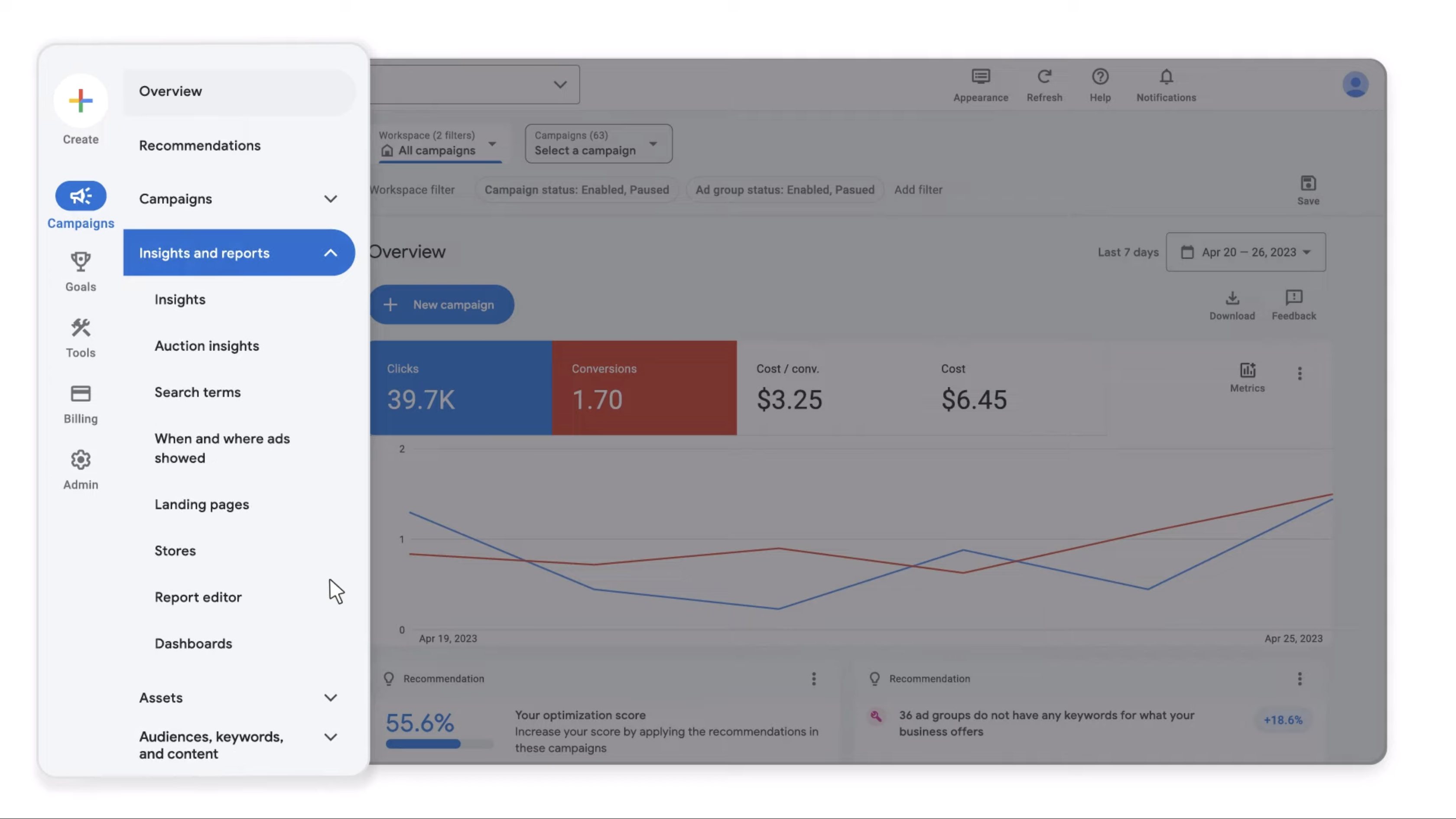 Screenshot from Google Ads/YouTube, June 2023
Screenshot from Google Ads/YouTube, June 2023Assets
Assets consolidates all advertising materials, including search headlines, YouTube videos, and product listings from Shopping campaigns.
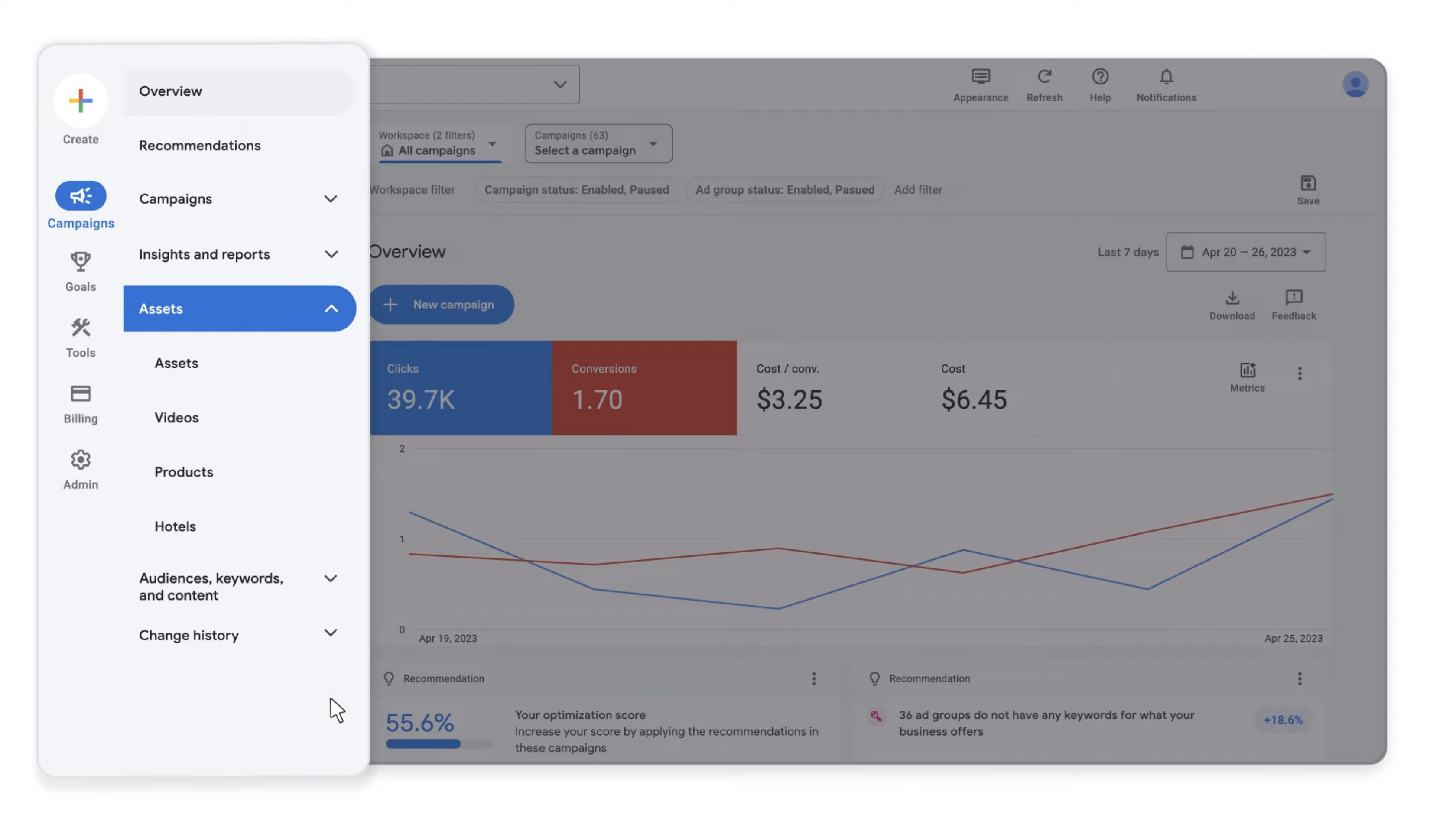 Screenshot from Google Ads/YouTube, June 2023
Screenshot from Google Ads/YouTube, June 2023Audiences, Keywords, And Content
This section combines audience data with the tools to accurately define those audiences, including keywords, demographics, and placements.
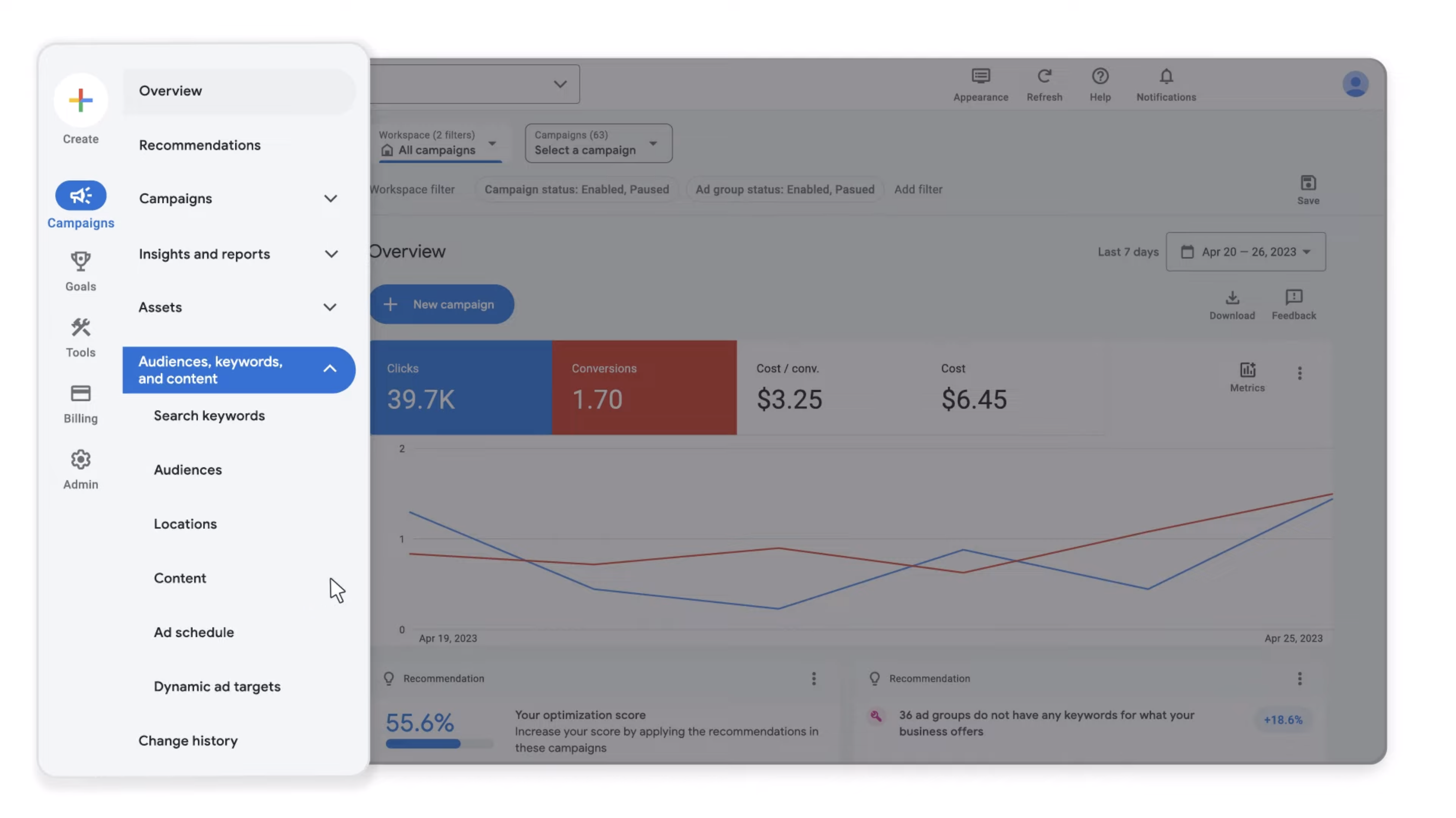 Screenshot from Google Ads/YouTube, June 2023
Screenshot from Google Ads/YouTube, June 2023Goals
Goals assists users in establishing conversion metrics and tracking their progress towards achieving business objectives.
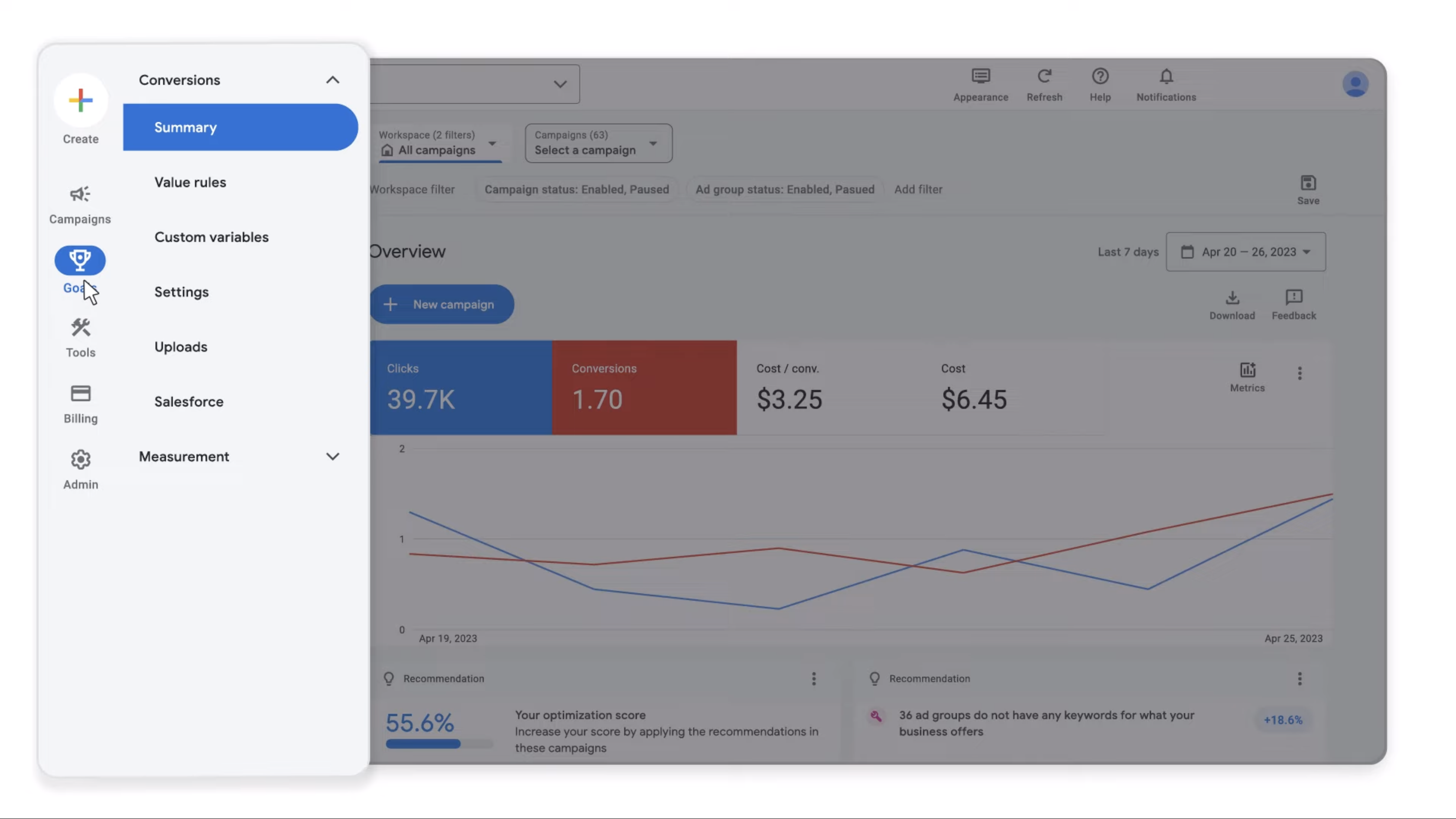 Screenshot from Google Ads/YouTube, June 2023
Screenshot from Google Ads/YouTube, June 2023Tools
Tools allows for efficient campaign planning, budget management, and issue resolution.
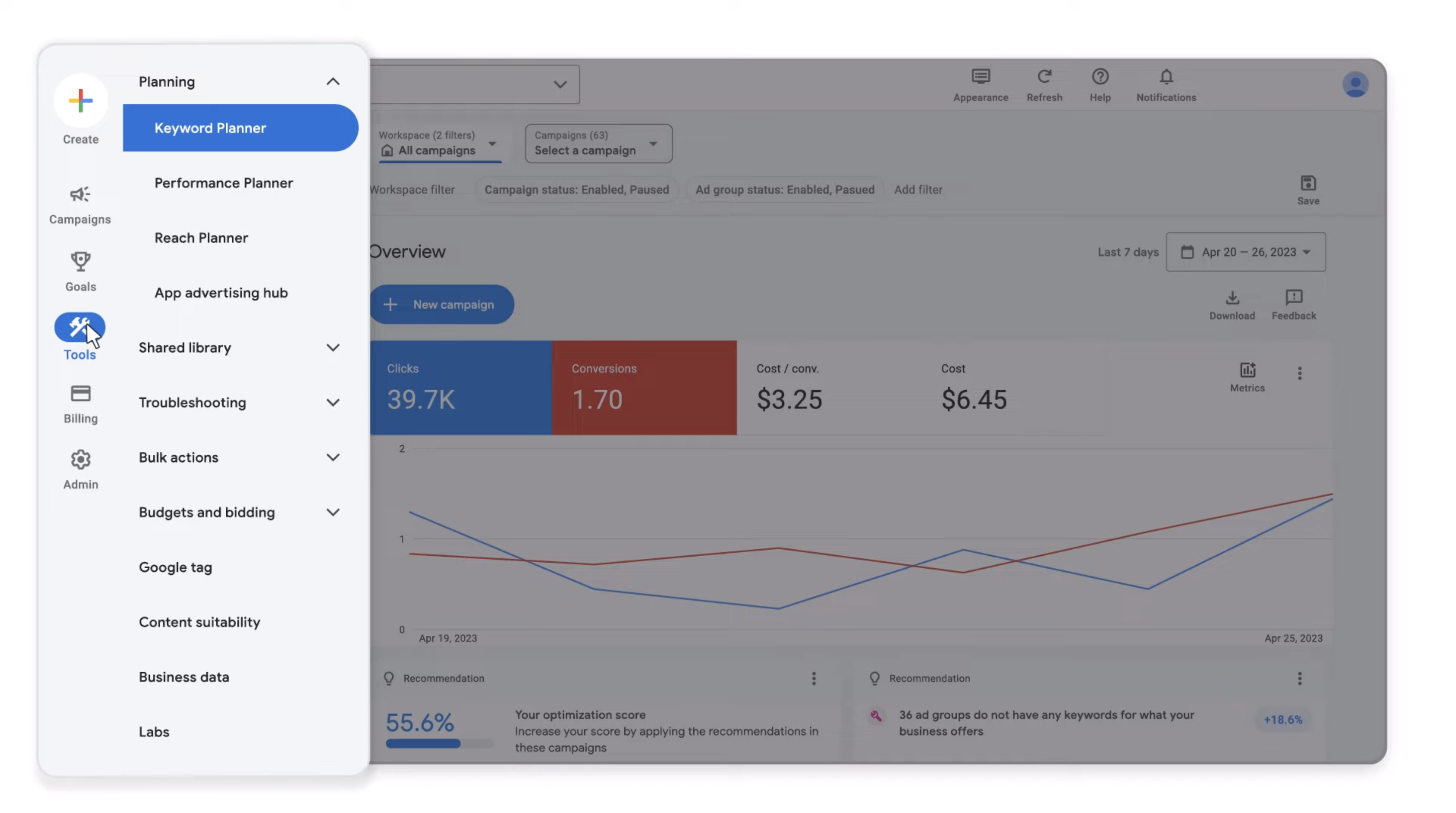 Screenshot from Google Ads/YouTube, June 2023
Screenshot from Google Ads/YouTube, June 2023Billing
Billing enables users to track their expenses and manage their payments.
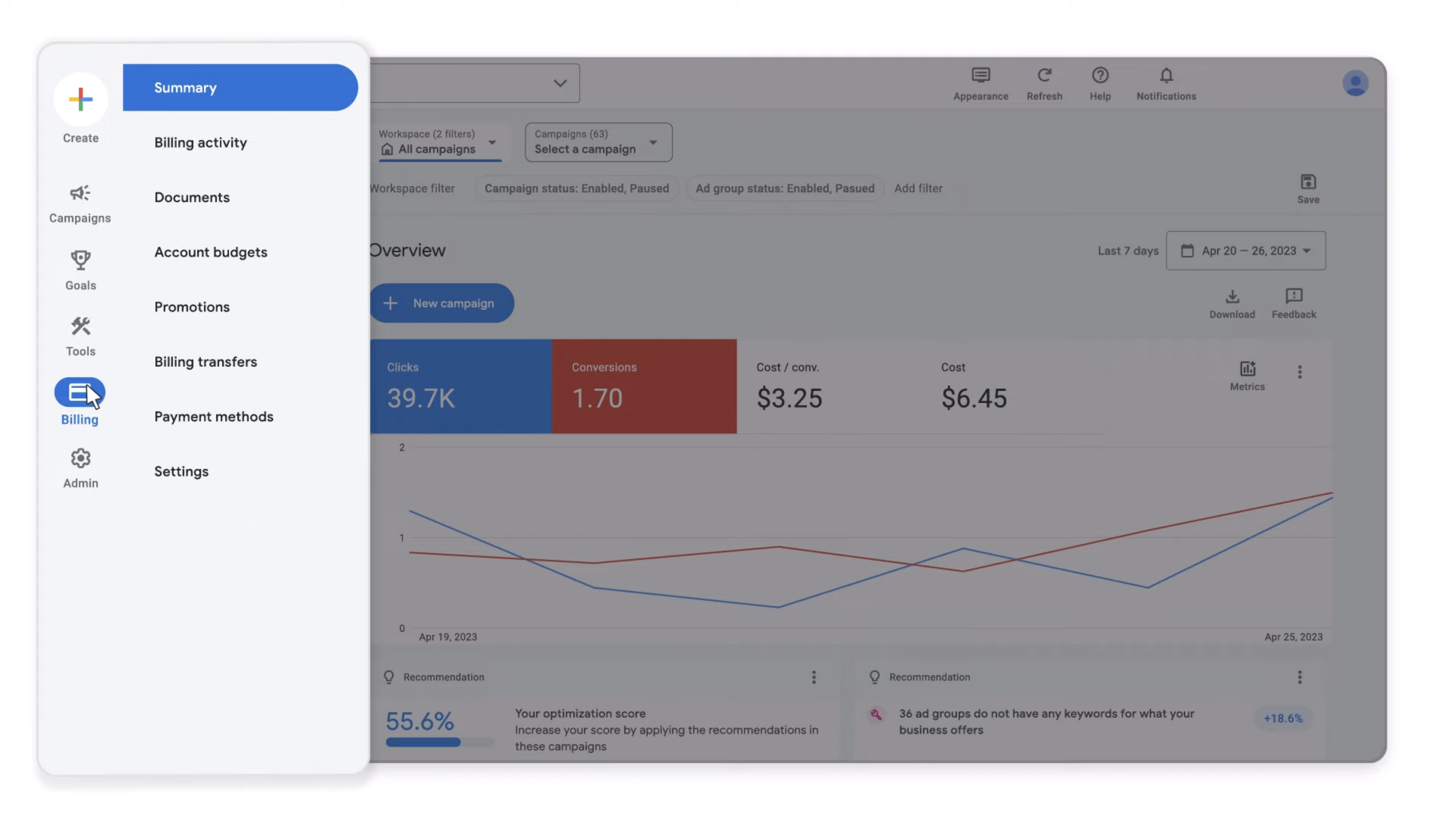 Screenshot from Google Ads/YouTube, June 2023
Screenshot from Google Ads/YouTube, June 2023Admin
In Admin, users can manage their account settings, team members, and security settings.
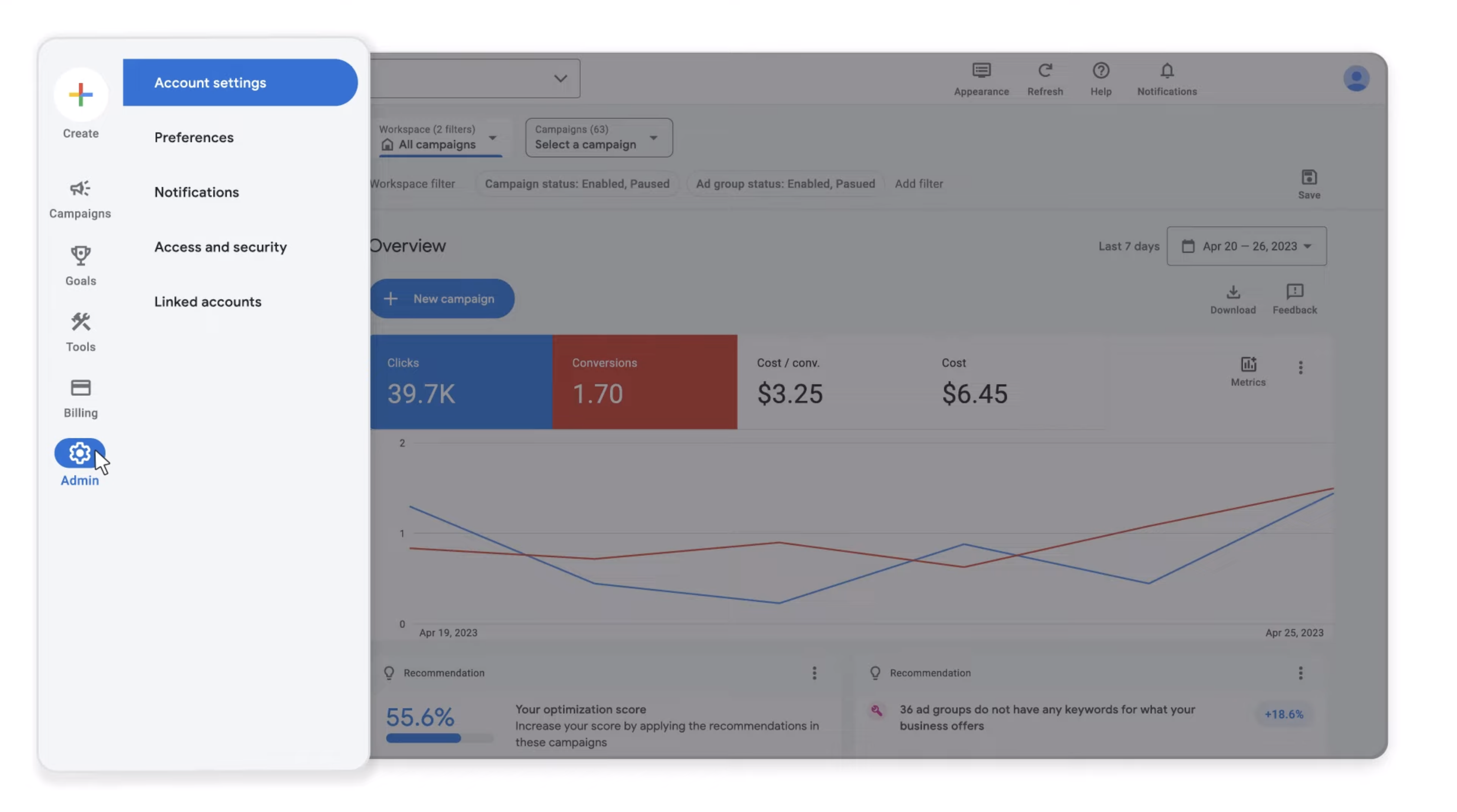 Screenshot from Google Ads/YouTube, June 2023
Screenshot from Google Ads/YouTube, June 2023Search
Users who struggle to locate a specific page can utilize the available search function.
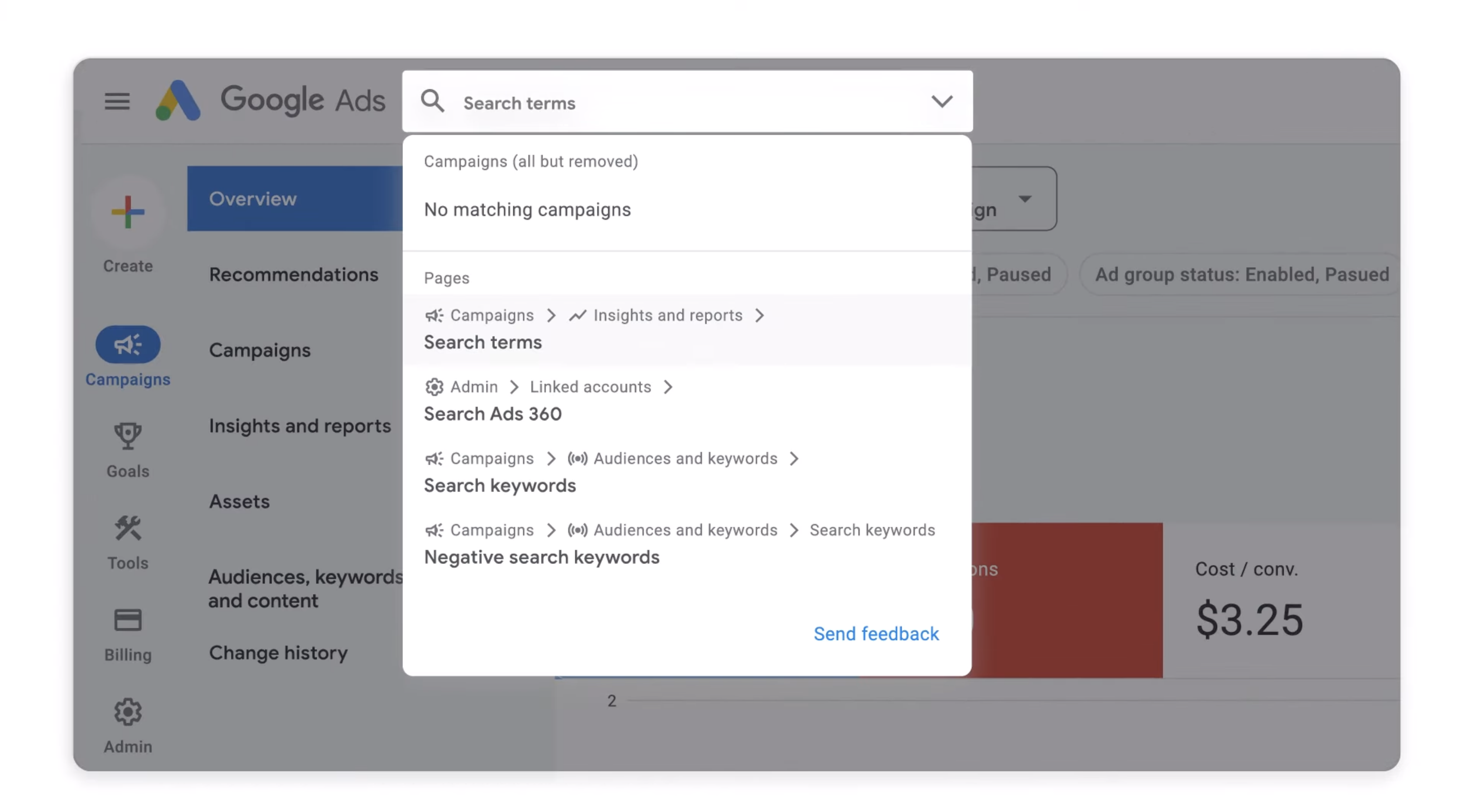 Screenshot from Google Ads/YouTube, June 2023
Screenshot from Google Ads/YouTube, June 2023As the new design becomes available to advertisers, they can switch back to the old layout until 2024.
Google offers a reference map of where to find essential advertising features in the new design and urges users to share their feedback on the updated design.
Streamlining The Google Ads User Experience
Google’s new Ads design reflects the company’s commitment to streamlining the user experience and bolstering the effectiveness of ad campaign management.
Google Ads has substantially enriched the depth of resources available to advertisers by implementing an intuitive navigation structure, ensuring that users can easily set benchmarks, employing various resources to optimize their advertising campaigns, and enhancing user control over expenses and account management.
The integration of a search function signifies Google’s understanding of the importance of ease of access to information.
As the advertising landscape continues to evolve, this redesign by Google Ads appears to be a significant step in keeping pace with industry demands and providing users with robust tools tailored to modern advertising needs.
This preview of Google’s advertising platform shortly after YouTube Ads made recent headlines for violating its own guidelines.
Featured image: monticello/Shutterstock


















